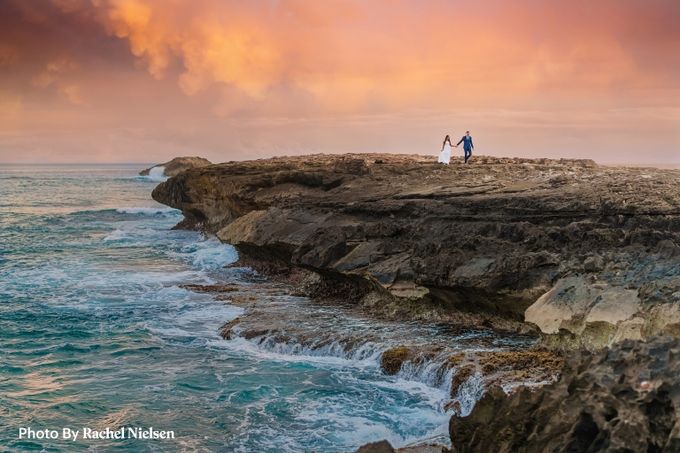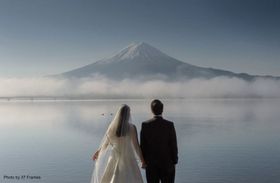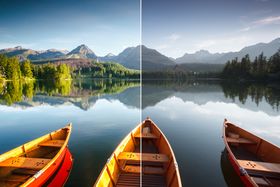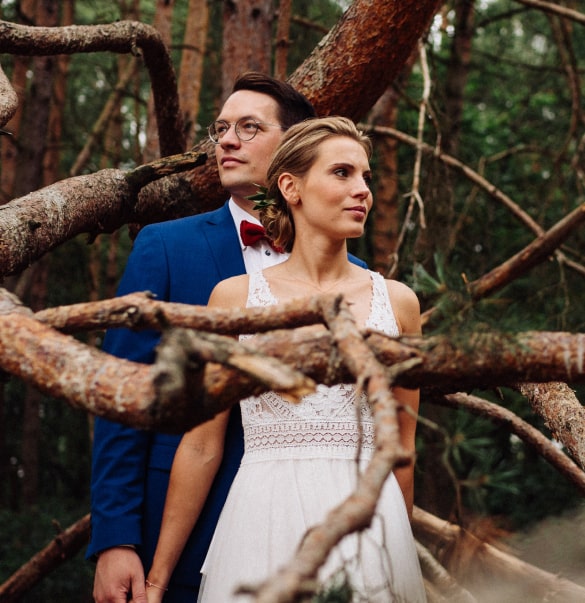5 Ways AI Will Affect the Future of Photography Editing & Culling
Updated March 18, 2024.
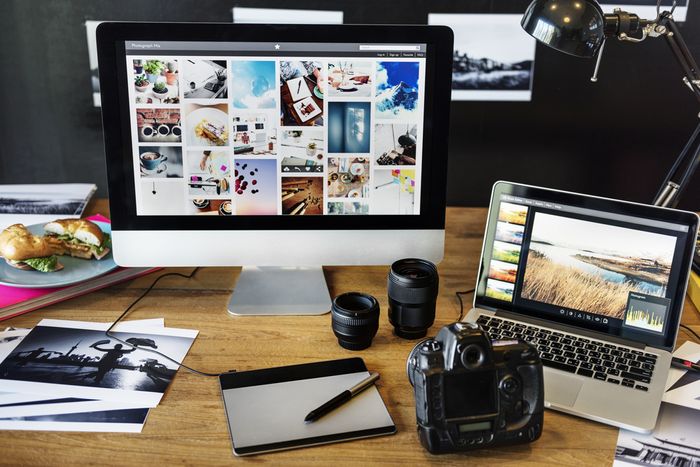
The future of photography editing is being radically transformed by artificial intelligence (AI). Imagine a world where your computer doesn't just adjust brightness and contrast, but understands the very essence of your photo, enabling unprecedented creative possibilities.
This is no longer the realm of sci-fi—AI-powered tools are revolutionizing the way photographers edit their photos, offering automated adjustments and innovative features.
We delve into these recent developments and changes with the help of Penelope Diamantopoulos, a seasoned photographer with a special eye for capturing faces and architectural marvels. Coming from a family with a distinguished legacy in photography, she navigates the realms of food and travel photography, driven by a resolute passion for her art form.
Recent Advancements in Photography Editing with AI
AI has introduced significant advancements in photography editing, particularly in automatic adjustments. AI-powered tools can analyze photographs and calculate optimal exposure, correct colors, and adjust shadows, among other enhancements. These tools aim to streamline the photo culling and editing process, offering faster and more customized processing and adjustments.
1. AI Photo Culling: Cull Images Quickly & Easily
Imagen AI Culling Studio is a new in-app solution designed for photographers to quickly cull photos with AI, review the results before accepting, adjust rankings if needed, and directly forward chosen photos for further edits with your Preferred AI Profile. This streamlines the post-production workflow from selection to editing - all in one app and allows photographers to significantly reduce time and effort on what's believed to be probably the most tedious and time-consuming part of the photography post-production.
2. Automated Photo Editing: Impact on the Process
“How is it different from what Photoshop has been doing for a gazillion years already?”
One of the key impacts of automated photo editing is the reduction of manual labor and time-consuming tasks. By delegating certain editing tasks to AI, photographers can focus more on the creative and artistic aspects of their work.
Traditionally, post-production and retouching have consumed a significant amount of time for photographers. With AI automation, photographers can save time, allowing them to take on more projects and explore their creativity further.
However, Penelope raises an interesting question: how do these AI-powered tools differ from existing ones like Photoshop? She also notes that automatic corrections made by AI may not necessarily align with her vision for the photo, leading her to manually correct them afterward.
3. AI's Role in Creative Storytelling and Storyboarding
AI tools can assist photographers in creative storytelling and storyboarding by recognizing and analyzing various elements within photos. These tools can identify repetitive scenes, objects, colors, and even faces, enabling photographers to group and categorize their photos based on the story they want to tell.
AI can do more than just analyze photos; it can become a source of inspiration for photographers. For instance, photographers can input specific criteria, such as "blue" or "wall," and the AI tool will filter and present relevant photos, aiding in the storytelling process.
Despite these advancements, Penelope underlines the importance of the human element in photography. The irreplaceable ability to capture emotions, expressions, and the connection between the photographer and the subject is something that AI tools should strive to enhance rather than replace.
“I always say that the way the model is, it doesn't depend on their clothes or environment. It depends on the person who is behind the lens.”
4. Impact of AI Image Recognition on Managing Large Photo Collections
Managing large photo collections is a common challenge for photographers. AI image recognition technology can significantly enhance the management process by automating certain tasks.
With photo recognition algorithms, photographers can easily identify and organize photos based on their content. For instance, an AI tool can analyze a collection of thousands of photos and suggest the best ones, eliminating the time-consuming task of individually reviewing and selecting photos. This streamlines the process, enabling photographers to quickly identify the most impactful photos and focus on their creative vision.
Penelope isn’t without reservations, though:
“Are you the kind of person that would be able to trust it, though? Or would you have this tiny little voice in the back of your head that would be like, yeah, this is cool, but what if there's something better?”
5. Deep Learning Techniques and Real-Time Image Analysis
Deep learning techniques and real-time image analysis have the potential to revolutionize editing workflows for photographers. Real-time analysis, combined with deep learning algorithms, can instantly enhance the quality and efficiency of editing processes.
By leveraging AI's ability to understand and interpret photo content, photographers can achieve optimal results in a fraction of the time. For example, real-time analysis can assist with exposure adjustments, reducing the need for extensive manual adjustments and providing photographers with immediate feedback on photo quality.
6. Enhancing Artistic Styles Without Losing Personal Touch
While AI brings significant advancements to photography editing, it's essential for photographers to maintain their personal editing and artistic styles. AI tools should align with photographers' preferences and enhance their vision, rather than replacing their unique perspectives.
By incorporating AI into their workflow, photographers can leverage its capabilities while preserving their individuality. Personalized AI assistants can learn and adapt to photographers' styles, offering suggestions and enhancements based on their preferences.
However, Penelope raises a concern that after many iterations, AI might dilute or even lose the distinctiveness of a photographer's personal style. This important perspective highlights the ongoing need to balance the benefits of automation with the preservation of personal style.
“What I'm very afraid of, especially with the new generation of photographers, is that they will be so comfortable with the AI doing their job, that it's not going to be their picture anymore.
Not that it's not gonna be good. It's gonna be excellent. It's gonna be amazing. It's gonna be used on posters and buses and everywhere, but is this your picture?”
Future Advancements in AI Photography Editing
The future of AI in photography editing holds exciting possibilities. As AI technology continues to evolve, we can expect more intuitive editing commands, where AI systems can understand photographers' needs and preferences without explicit instructions.
Imagine an AI assistant that can anticipate your desired edits, saving you time and effort. While we may not be at the point of mind-reading chips in our brains, advancements in AI are moving us closer to a more intuitive and efficient editing experience.
In some aspects, the future is already here. For example, AI can be used to fix mistakes that cropped up during the shooting. Tools like Generative Fill allow you to cut out any unwanted elements of a photo and use AI to fill in the blanks and make it seamless. The process is incredibly quick; the tool will analyze the entire image, the tones, the colors, and the lighting, and use that information to guess what’s behind the object.
Tools like this have incredible potential to enhance the photographers' work and make it easier at the same time.
The Evolving Role of Photographers in the AI Era
With the rise of AI in photography and editing, photographers must adapt to new roles and acquire new skills to thrive in the industry. Embracing AI editing tools is crucial for staying current and efficient in a rapidly changing landscape. Photographers need to familiarize themselves with AI tools, collaborate with AI systems, and enhance their data analysis and interpretation skills.
Additionally, maintaining a diverse skill set that incorporates technology while preserving personal aesthetics and styles is essential. Ethical considerations surrounding photo manipulation, intellectual property, and privacy also require attention, as AI technology raises new questions and challenges.
As we step into the future of photography editing, the integration of AI offers exciting possibilities for photographers. Embracing these advancements while preserving personal style and artistic vision will be key to thriving in the dynamic and evolving landscape of photography.

